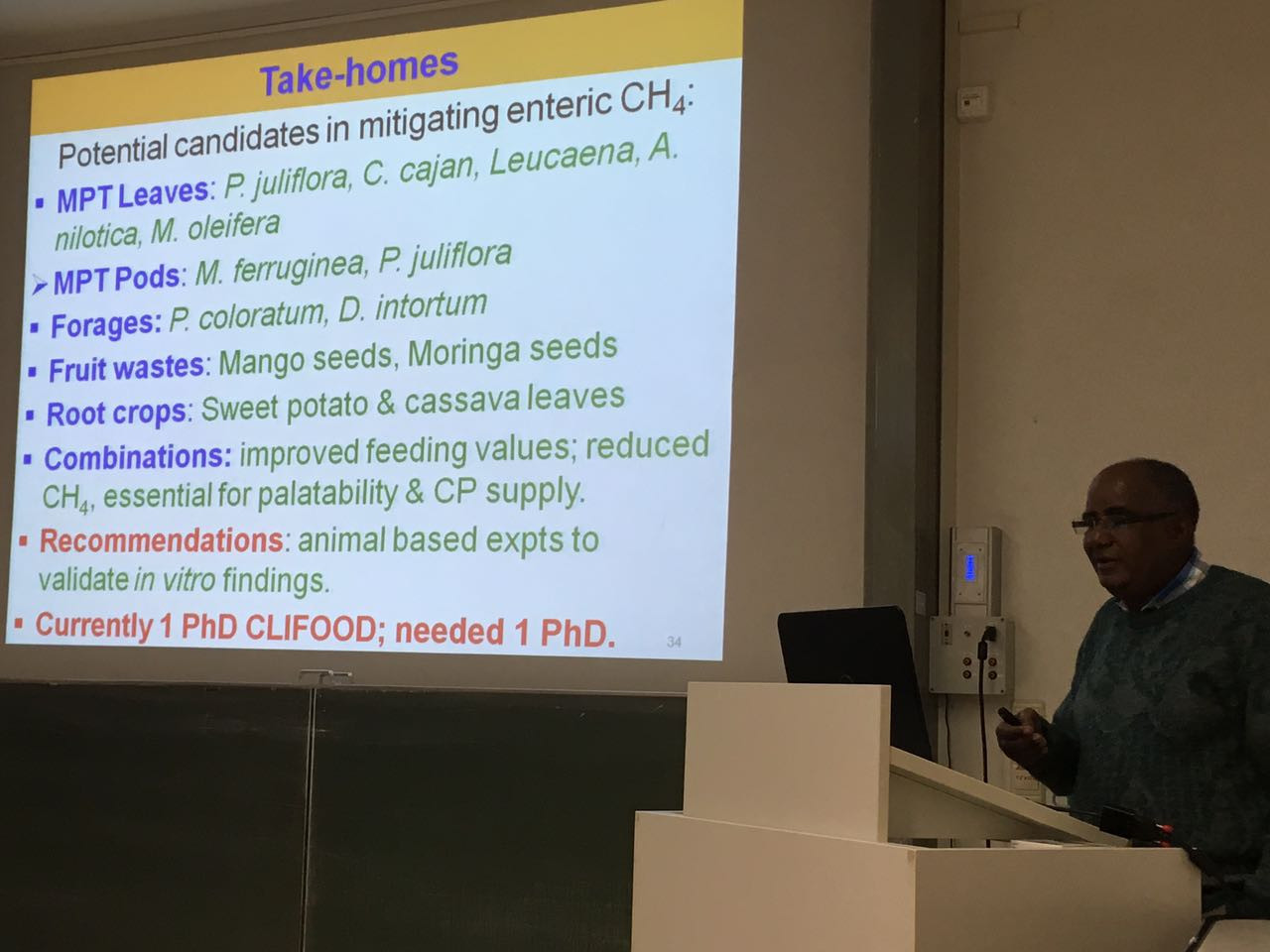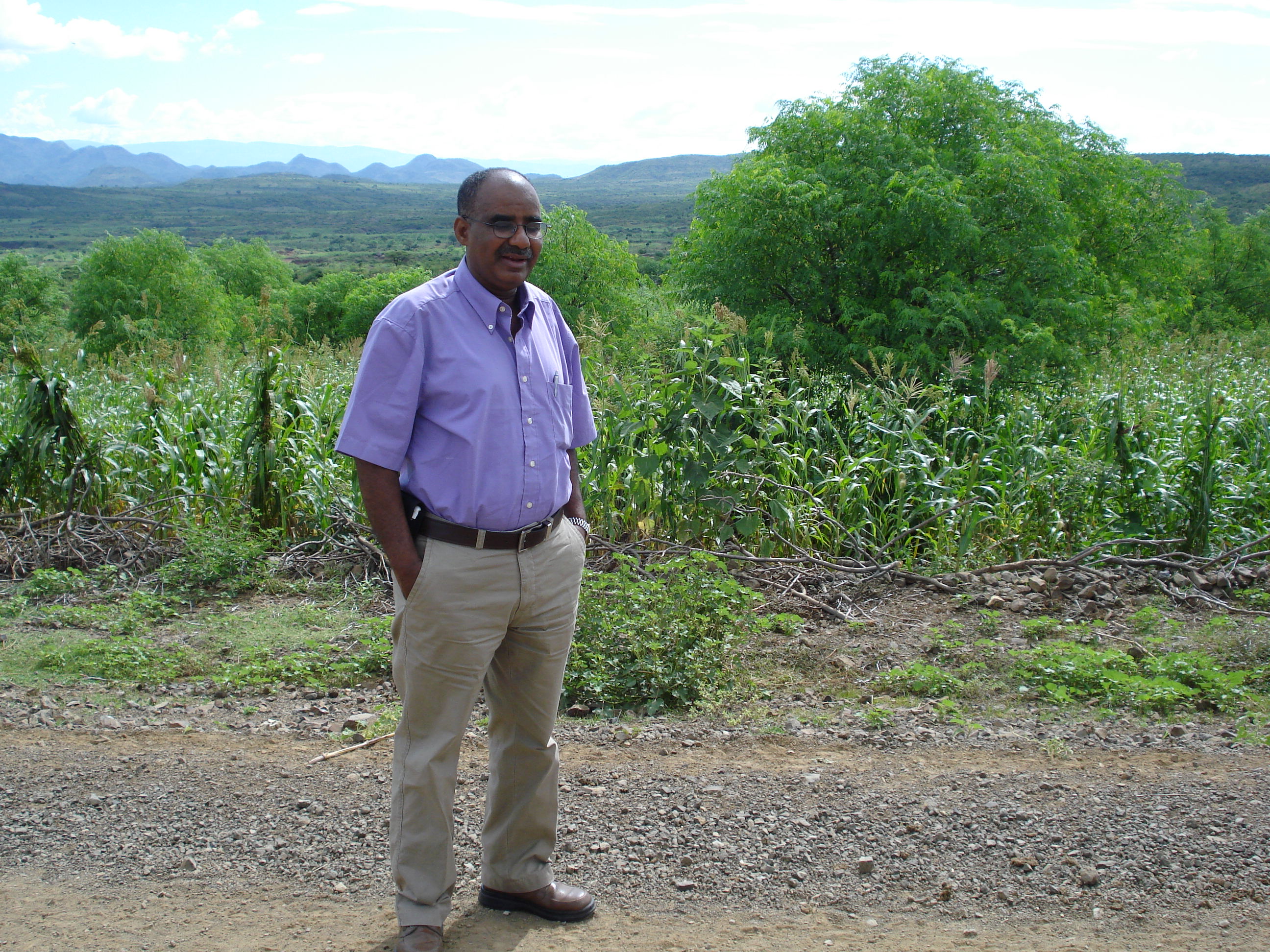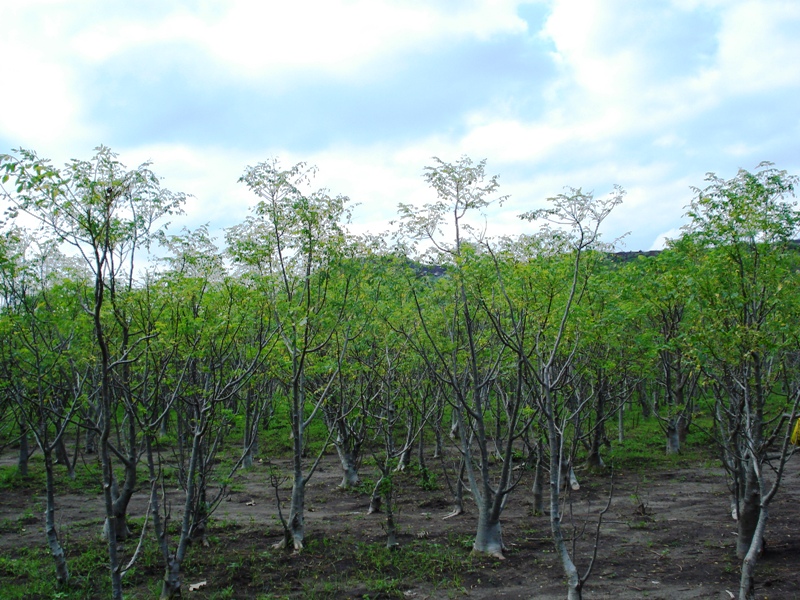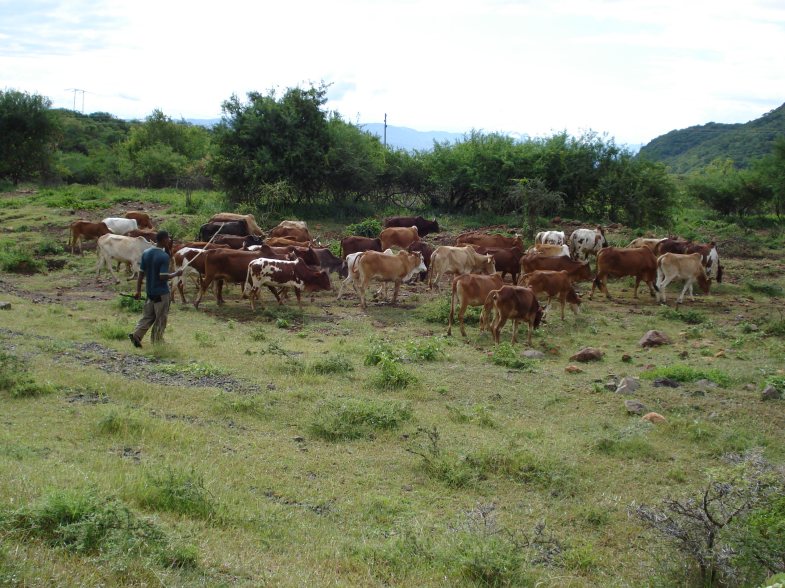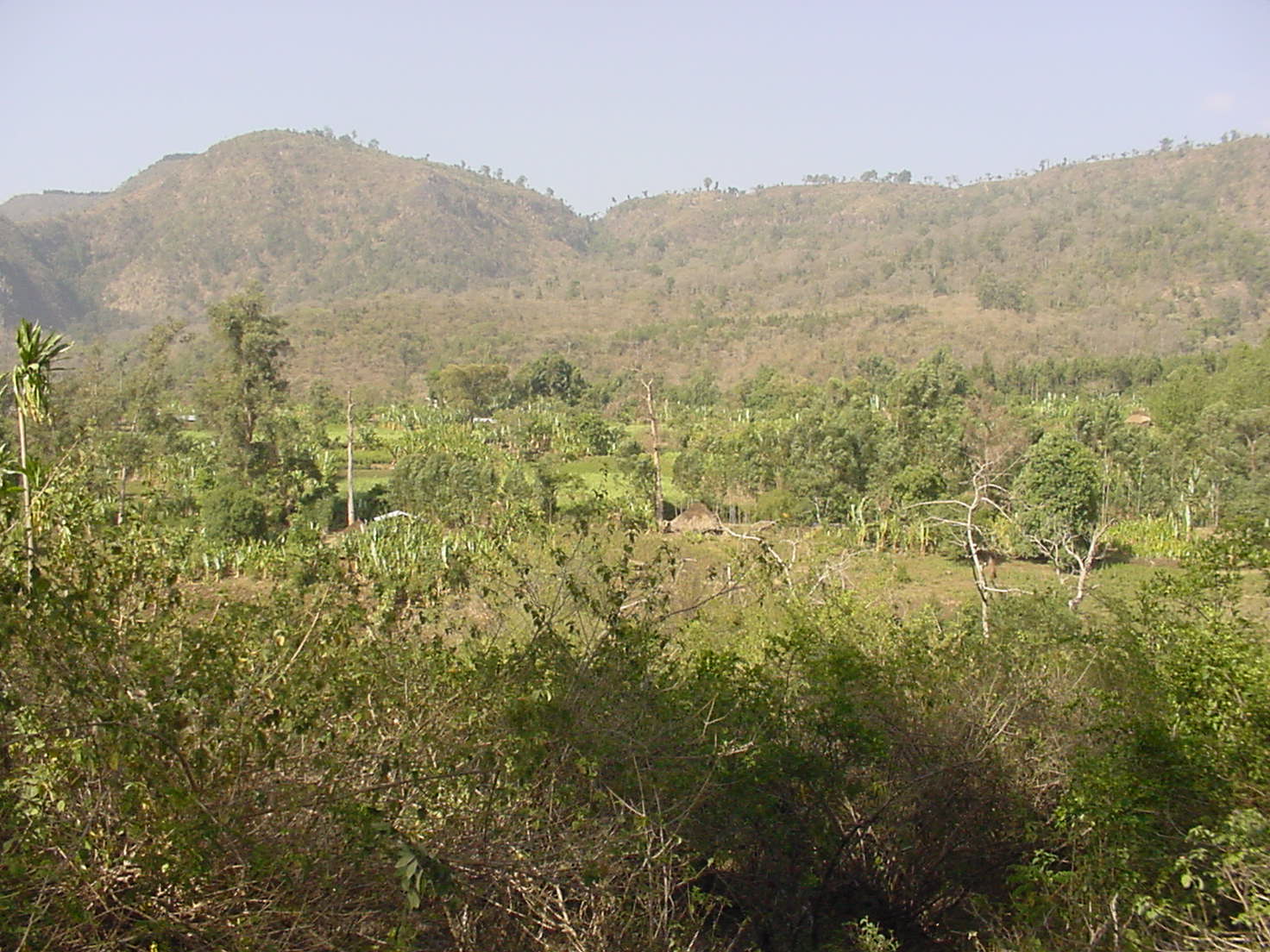FSC in Dialog
Screening of livestock feed resources owning low enteric methane emissions for sustainable food security in Sub-Sahara Africa
by Prof. Aberra Melesse | PhD, Animal Breeding
from Animal and Range Sciences, Hawassa University
Livestock sector accounts for 40% of agricultural domestic product. Food from animal sources contributes 18% of global calories (kcal) and 25% of global protein consumptions. However, livestock sector contributes to green house gas (GHG) emissions causing climate change. The most important GHG from the livestock agriculture is methane (CH4), which originates from enteric fermentation and manure. Ruminant animals reared in Sub-Sahara Africa are usually fed on tropical forage and produce high enteric CH4 due to poor digestibility and nutrient content. Thus, searching for alternative livestock feed resources with possible low CH4 emission while owing better nutrient quality would be justifiable. To this effect, 48 plant materials (foliages of multi-purpose trees, grasses, leaves of root crops, fruit waste and agro-industrial by products) were tested in vitro for their potentials to mitigate CH4 emission. Results indicated that leaves of some multi-purpose tree species and root crops were identified as potential candidates in mitigating CH4 emission, which might be used as feed supplements to conventional animal feeds. Moreover, some grass and legume forages have produced the lowest CH4 and can be fed alone or in combinations with other feeds for optimum utilization. Animal-based experiments are recommended to validate the actual feeding value of the identified feed materials.
Presented on Monday, January 22, 2018 at the University of Hohenheim.



